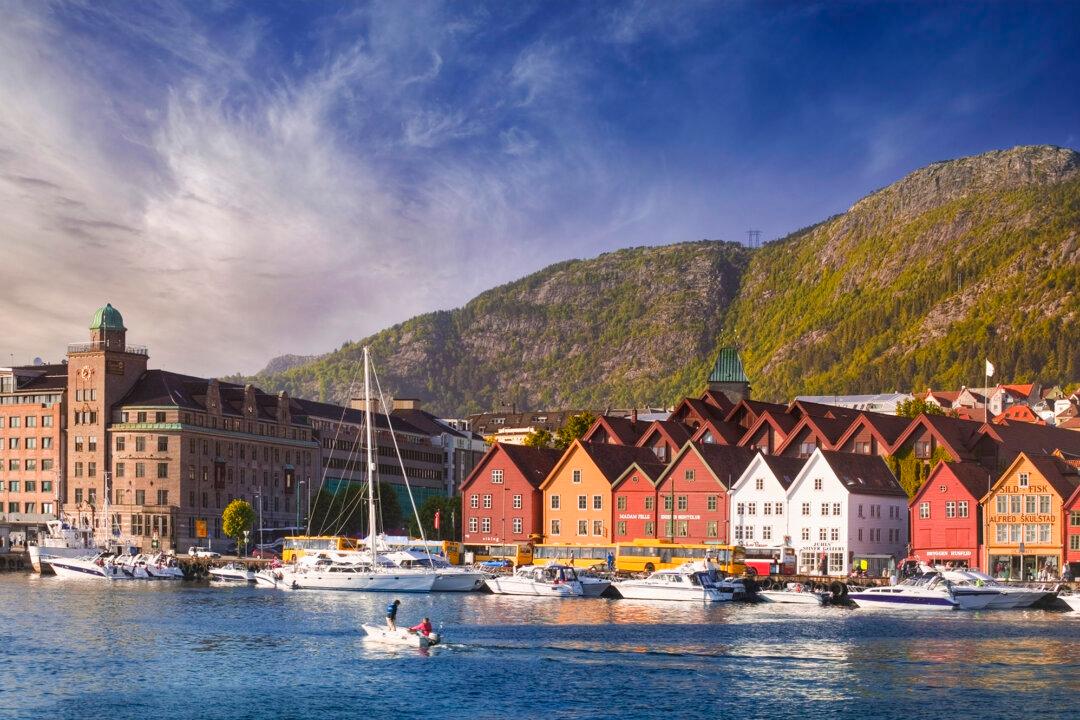It’s a corner of Spain that remains well off the main tourist track, nowhere near the popular cities of Madrid, Barcelona, or Málaga. Set on an Andalusian islet in the southwest corner of the country, the port city of Cádiz has been welcoming ships from around the world since ancient times—and they’ve all left their mark.
It’s a beautiful place, girded by baroque walls and guarded by more than 100 watchtowers, surrounded by the sparkling sea on every side. Residents bask in the sunshine for more than 300 days a year. Arriving in the morning by ship, I embarked on a day-long trip, during which my guide noted that this is one of the oldest cities on the continent. “It was founded more than 3,000 years ago by the Phoenicians,” he said, as we rolled by the main cathedral, an ancient Roman theater, and a long sea wall where walkers, joggers, and cyclists were enjoying the Saturday morning sun.





